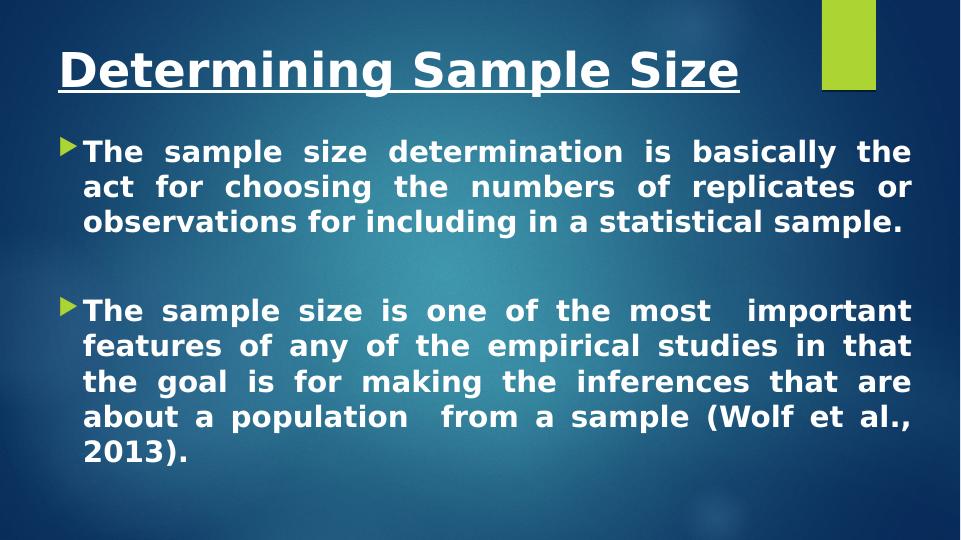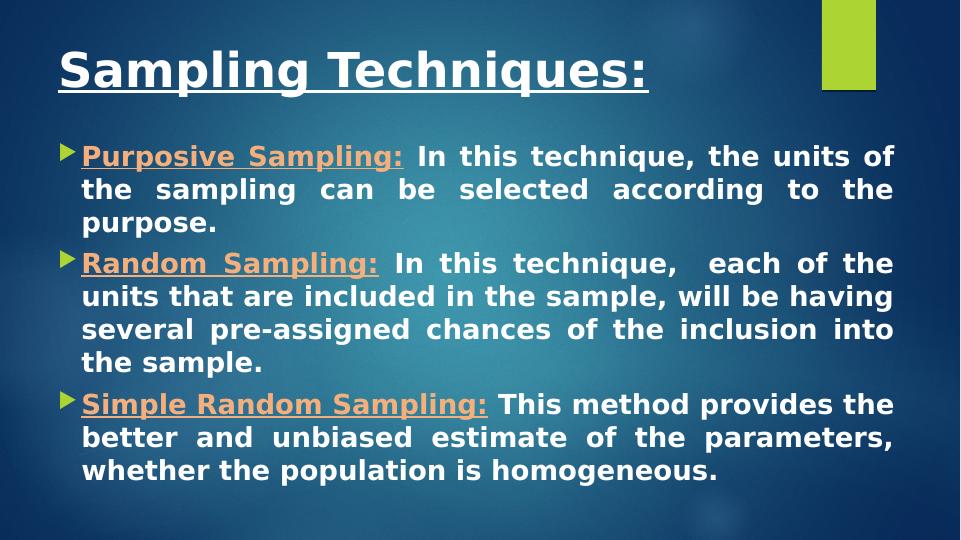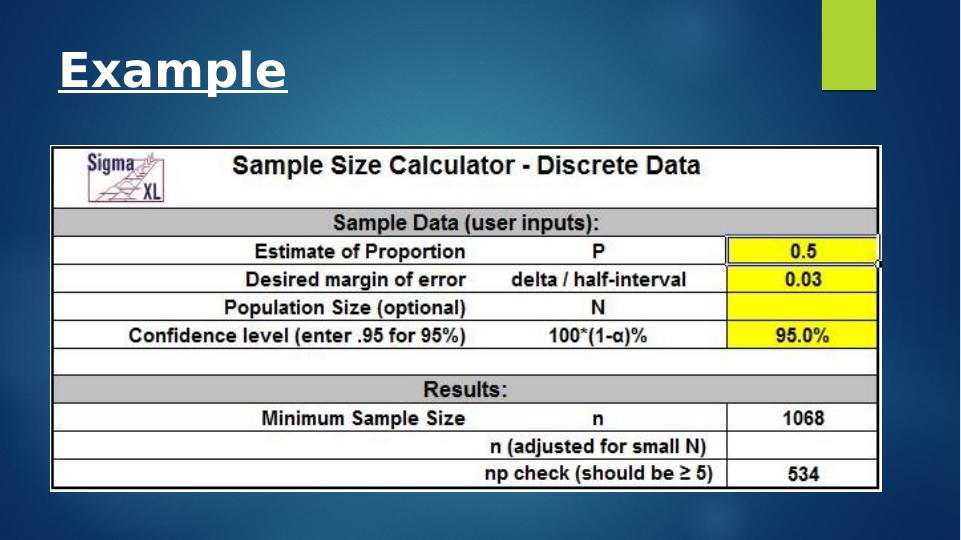Determining Sample Size in Applied Biostatistics
Added on 2022-11-28
11 Pages681 Words355 Views
End of preview
Want to access all the pages? Upload your documents or become a member.
Sample Size and Confidence Interval
|2
|599
|366
Methods of Sample Size Determination in Biostatistics
|10
|629
|80
Quantitative Methods: Confidence Interval and Hypothesis Testing
|6
|672
|94
Business Data Analysis
|7
|677
|229
Quantitative Methods: Confidence Interval and Estimator
|6
|624
|385
The mean of the 5 systematic samples
|5
|1063
|23




